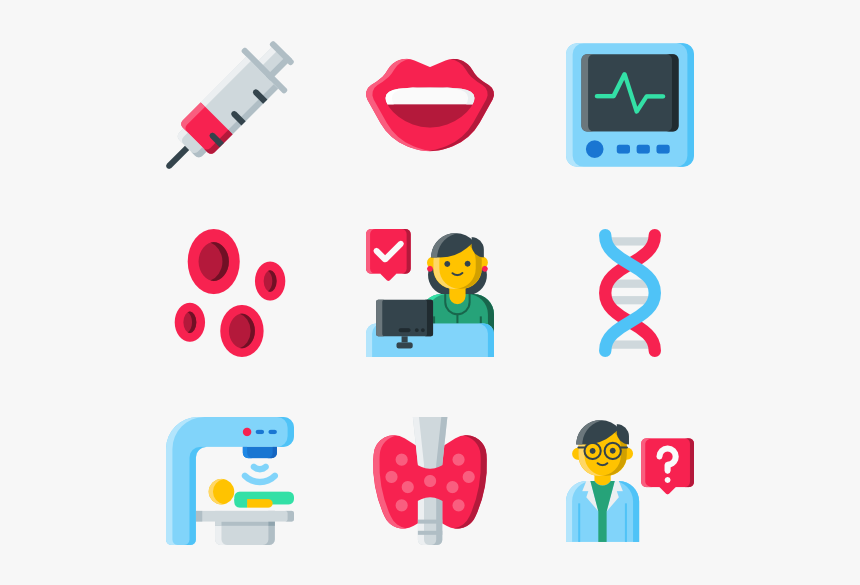Achieving Work-Life Harmony: Cultivating Mental Resilience through Integrated Strategies
The contemporary landscape presents individuals with the significant challenge of integrating professional responsibilities and personal well-being. The pervasive pressures of modern workplaces frequently induce stress, burnout, and a decline in mental health. This article offers a structured approach to achieving work-life harmony, leveraging established psychological principles to enhance mental resilience and overall well-being. We will define key concepts such as work-life balance, mental resilience, and self-compassion within the context of their practical application.
Conceptual Foundations: Work-Life Balance and Mental Resilience
Work-life balance, often conceptualized using the Conservation of Resources theory, posits that individuals strive to acquire, retain, and protect resources that enhance their well-being (Hobfoll, 1989). These resources include tangible assets (e.g., time, money), relational assets (e.g., strong social networks), and personal assets (e.g., self-esteem, skills). Imbalance arises when resource demands exceed available resources, leading to stress and strain. Mental resilience, informed by the Stress-Adaptation-Growth model (Folkman & Lazarus, 1988), refers to the ability to bounce back from adversity. This involves effective coping strategies, emotional regulation, and a positive outlook. Achieving work-life harmony necessitates strategic resource management and the cultivation of mental resilience to navigate life's inevitable challenges.
Strategic Interventions for Harmonious Integration
- Establishing Defined Boundaries: Employing the principles of time management, individuals should establish clear boundaries between work and personal life. This involves defining dedicated work hours and adhering to them rigorously. This approach, informed by the concept of temporal boundaries (Edwards & Rothbard, 2000), mitigates role conflict and enhances focus.
- Prioritizing Self-Care as a Resource: Self-care, a cornerstone of stress management, involves proactively engaging in activities that restore and replenish resources. This aligns with the self-regulation model (Baumeister & Vohs, 2007), highlighting the importance of self-control and resource management. Activities might include exercise, mindfulness meditation, or pursuing hobbies. This proactive resource replenishment enhances resilience and well-being.
- Leveraging Support Networks and Effective Delegation: Social support significantly mitigates the impact of stress (Cohen & Wills, 1985). Delegating tasks and fostering strong professional and personal support networks provide crucial resource augmentation during periods of high demand. This collaborative approach distributes workloads and promotes a sense of shared responsibility.
- Optimizing Time Management: Applying time management techniques such as prioritization, task chunking, and the Pomodoro Technique (Cirillo, 2018) optimizes productivity and minimizes burnout. This structured approach allocates time effectively across professional and personal commitments, ensuring sufficient time for both.
- Practicing Digital Detoxification: Reducing technology use aligns with the concept of attention restoration theory (Kaplan & Kaplan, 1989), which suggests that time spent in nature and disconnecting from technology enhances cognitive functioning and reduces stress. Scheduled "digital detox" periods foster mental clarity and reduce digital overload.
- Cultivating Open and Honest Communication: Effective communication, grounded in assertive communication techniques, promotes understanding and mutual support. Openly discussing work boundaries and needs with employers, colleagues, and family members creates a supportive environment that values individual well-being.
- Building and Maintaining Supportive Relationships: Strong social support networks, supported by social exchange theory (Homans, 1958), provide emotional buffering and practical assistance during demanding periods. Actively cultivating and nurturing these relationships is critical for overall well-being and resilience.
- Mindfulness and Emotional Regulation: Mindfulness practices, informed by mindfulness-based stress reduction (MBSR) techniques (Kabat-Zinn, 1990), enhance self-awareness and emotional regulation. These practices foster a sense of calm, reduce stress, and improve coping abilities.
- Prioritizing Rest and Recuperation: Regular breaks and vacations are essential for resource replenishment. These periods of rest and rejuvenation prevent burnout and enhance both physical and mental performance, supporting the principles of restorative recovery (Sonnentag & Fritz, 2007).
- Seeking Professional Guidance When Necessary: When work-life balance proves challenging, seeking professional help from therapists or coaches is crucial. They provide tailored strategies for managing stress, improving coping mechanisms, and fostering sustainable work-life integration.
- Celebrating Achievements and Progress: Acknowledging accomplishments, both big and small, boosts self-esteem and reinforces positive self-perception. This aligns with self-efficacy theory (Bandura, 1977), emphasizing the importance of positive reinforcement for maintaining motivation and progress.
- Embracing Adaptability and Flexibility: Recognizing that life presents unexpected challenges, individuals need to adapt their work-life strategies accordingly. This flexibility ensures ongoing harmony and prevents rigid routines from becoming stressors.
- Practicing Self-Compassion: Treating oneself with kindness and understanding during setbacks is vital for maintaining resilience. Self-compassion, rooted in self-acceptance and self-kindness (Neff, 2003), prevents self-criticism from hindering progress and fosters a positive self-perception.
- Regular Evaluation and Refinement: Periodically assessing one's work-life balance and making adjustments based on self-reflection ensures continuous improvement and optimization of strategies. This ongoing evaluation fosters a dynamic and responsive approach to achieving sustained work-life harmony.
Conclusion and Recommendations: A Holistic Approach to Well-being
Achieving sustainable work-life balance requires a multifaceted approach that integrates resource management, stress management, and the cultivation of mental resilience. This article outlines several practical strategies, grounded in established psychological theories and models, to facilitate this integration. Future research could explore the long-term efficacy of these combined strategies in diverse workplace settings and populations, focusing on the development of personalized interventions and measuring the impact on various indicators of well-being (e.g., burnout, job satisfaction, mental health). Further investigation into the interplay between organizational culture and individual strategies for work-life balance is also warranted. Organizations should actively promote supportive work environments that prioritize employee well-being and provide resources to facilitate work-life harmony. This holistic approach will contribute not only to individual well-being but also to enhanced productivity and organizational success. The individual journey towards work-life harmony is a continuous process of self-discovery and adjustment; consistent effort and self-compassion are essential for success.
Reader Pool: Considering the presented strategies and theoretical frameworks, what additional factors, beyond those discussed, significantly contribute to achieving sustainable work-life harmony and mental resilience?




No comments yet. Be the first to share your thoughts!